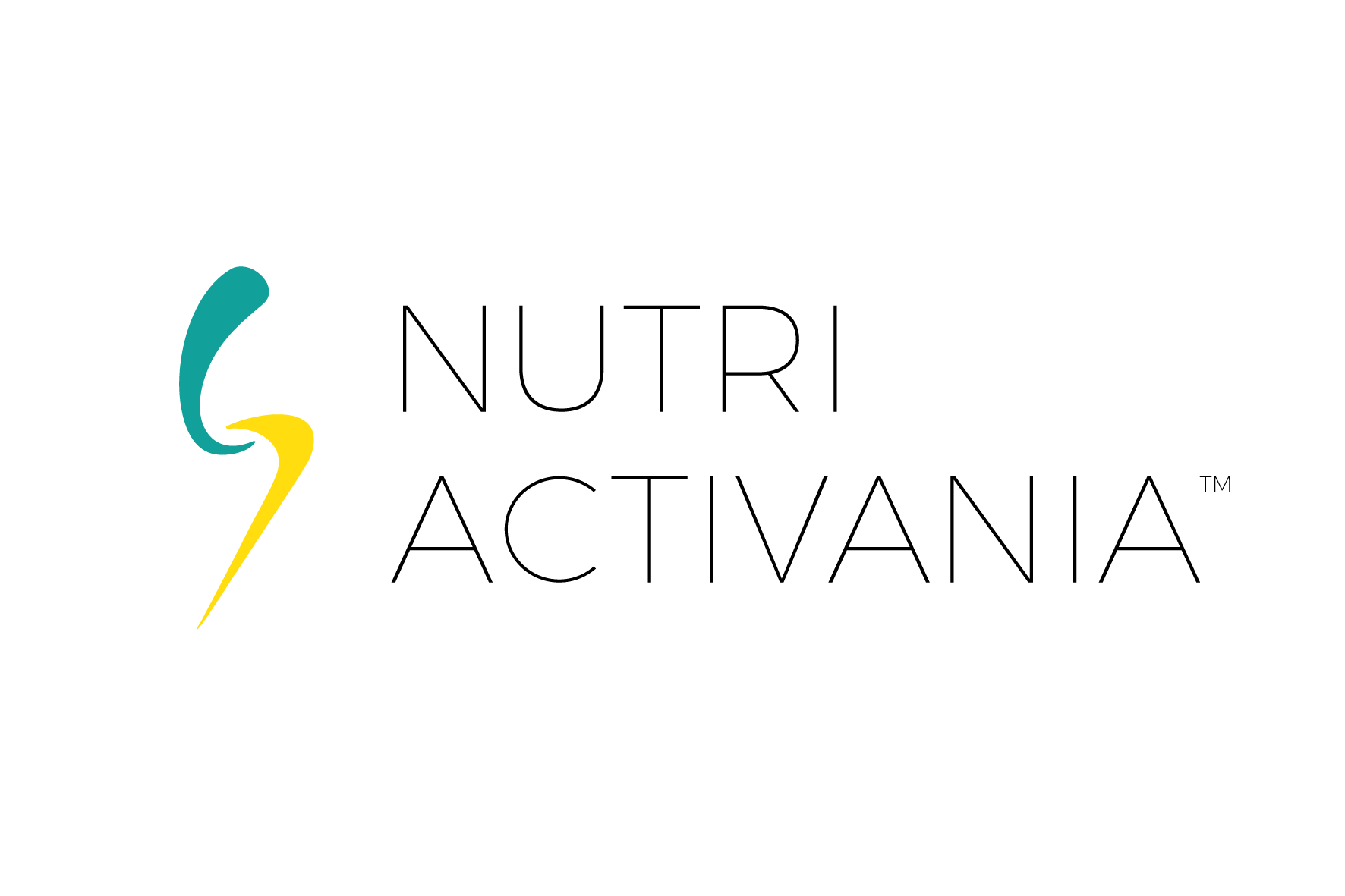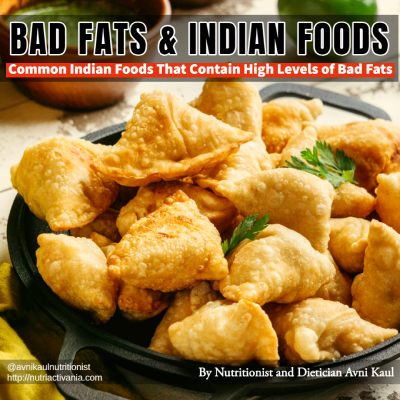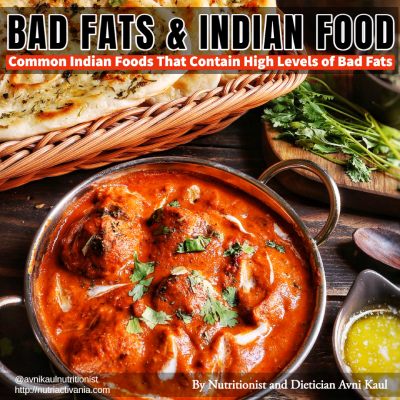Indian cuisine is renowned for its rich flavors and diverse range of dishes. While most traditional Indian foods are healthy and nutritious, there are some dishes that contain high levels of bad fats. In this article, India’s top dietician for weight loss and cardiovascular health, Avni Kaul, tells about some of the common Indian foods that can contribute to unhealthy fat intake if consumed in excess.
Which are those foods that are high in levels of bad fat?
Dietician Avni Kaul mentions 6 foods that are known to have high levels of bad fat below:
Samosas
Samosas, a popular Indian snack, are deep-fried pastries filled with a variety of savory ingredients. While they are undeniably delicious, samosas often contain high levels of trans fats and saturated fats due to the deep-frying process and the use of ghee or oil. Regular consumption of samosas can increase the risk of heart disease and weight gain. It is advisable to enjoy samosas in moderation or opt for healthier alternatives like baked or air-fried versions.
Pakoras
Pakoras, another beloved Indian snack, consist of vegetables or meat coated in a batter made of chickpea flour and deep-fried until crispy. Like samosas, pakoras absorb a significant amount of oil during frying, making them high in unhealthy fats. To reduce the fat content, consider baking or shallow-frying the pakoras instead. Additionally, including more vegetable-based pakoras and using minimal oil can help make them healthier snack options.
Butter Chicken
Butter chicken is a popular North Indian dish known for its creamy tomato-based sauce and tender pieces of chicken. Despite it’s delicious taste, butter chicken is rich in saturated fats due to the generous use of butter, cream, and sometimes ghee. It is advisable to consume butter chicken in moderation and consider healthier alternatives such as tandoori chicken or grilled chicken dishes that are lower in unhealthy fats.
Biryani
Biryani, a flavorful rice dish often prepared with meat, spices, and aromatic herbs, can be a high-fat meal due to the inclusion of ghee, oil, and fried ingredients. While biryani can be a delicious indulgence, it is essential to be mindful of portion sizes and frequency of consumption. Opting for lighter versions of biryani, such as vegetable or seafood variations, can help reduce the fat content and make it a healthier choice.
Vada Pav
Vada pav, a popular street food in Mumbai, consists of a deep-fried potato fritter sandwiched between a bun. This tasty treat, although tempting, can be high in bad fats due to the deep-frying process and the use of butter or oil in cooking. To make it a healthier option, consider pan-frying the potato fritters or opting for grilled or baked alternatives. Choosing whole wheat buns and adding fresh vegetables can also increase their nutritional value.
Gulab Jamun
Gulab jamun, a traditional Indian sweet made from deep-fried milk solids soaked in sugar syrup, is a popular dessert during festivals and celebrations. However, this delectable sweet is laden with unhealthy fats and excessive sugar. Moderation is key when indulging in gulab jamun, and it is advisable to explore healthier dessert options such as fresh fruit salad, yogurt-based sweets, or even homemade versions of gulab jamun using healthier ingredients.
While Indian cuisine offers a wide range of healthy and flavorful dishes, it is important to be mindful of certain foods that contain high levels of bad fats. By practicing moderation, exploring healthier cooking techniques, and opting for lighter alternatives, you can enjoy the flavors of Indian cuisine while maintaining a balanced and nutritious diet.
- Is It Safe to Eat Mango If You Have Diabetes? - April 30, 2024
- Amazing Indian Foods to Lower Your Blood Pressure Level Naturally - April 26, 2024
- Fruits That Can Help You Lose (or Maintain Your) Weight - April 23, 2024


